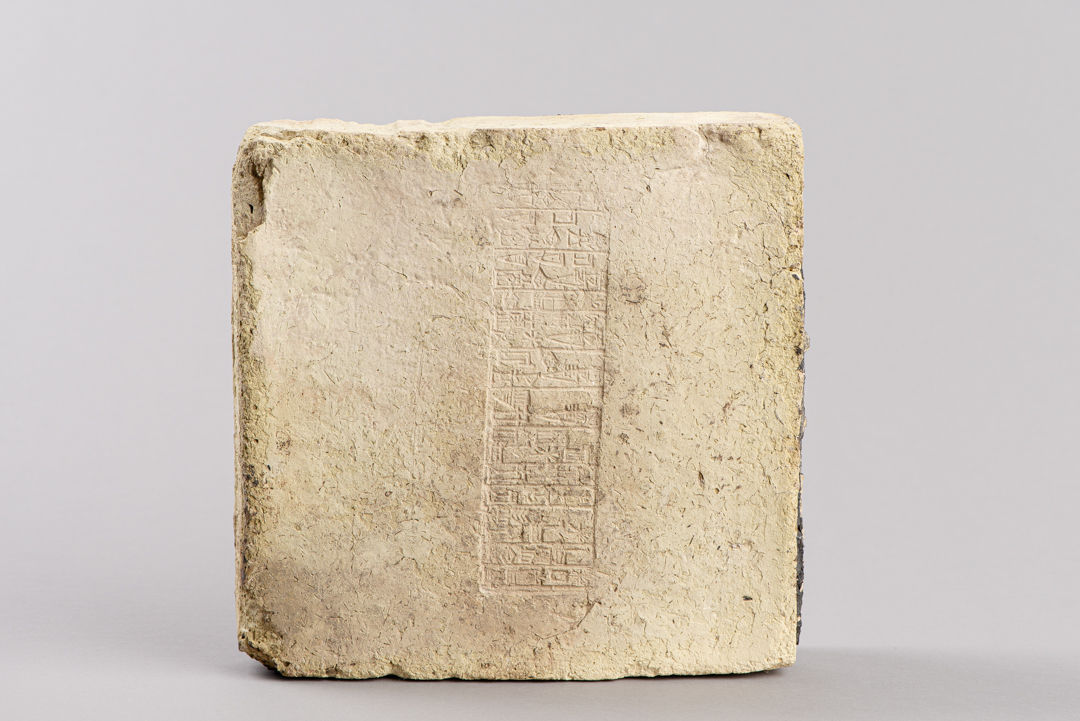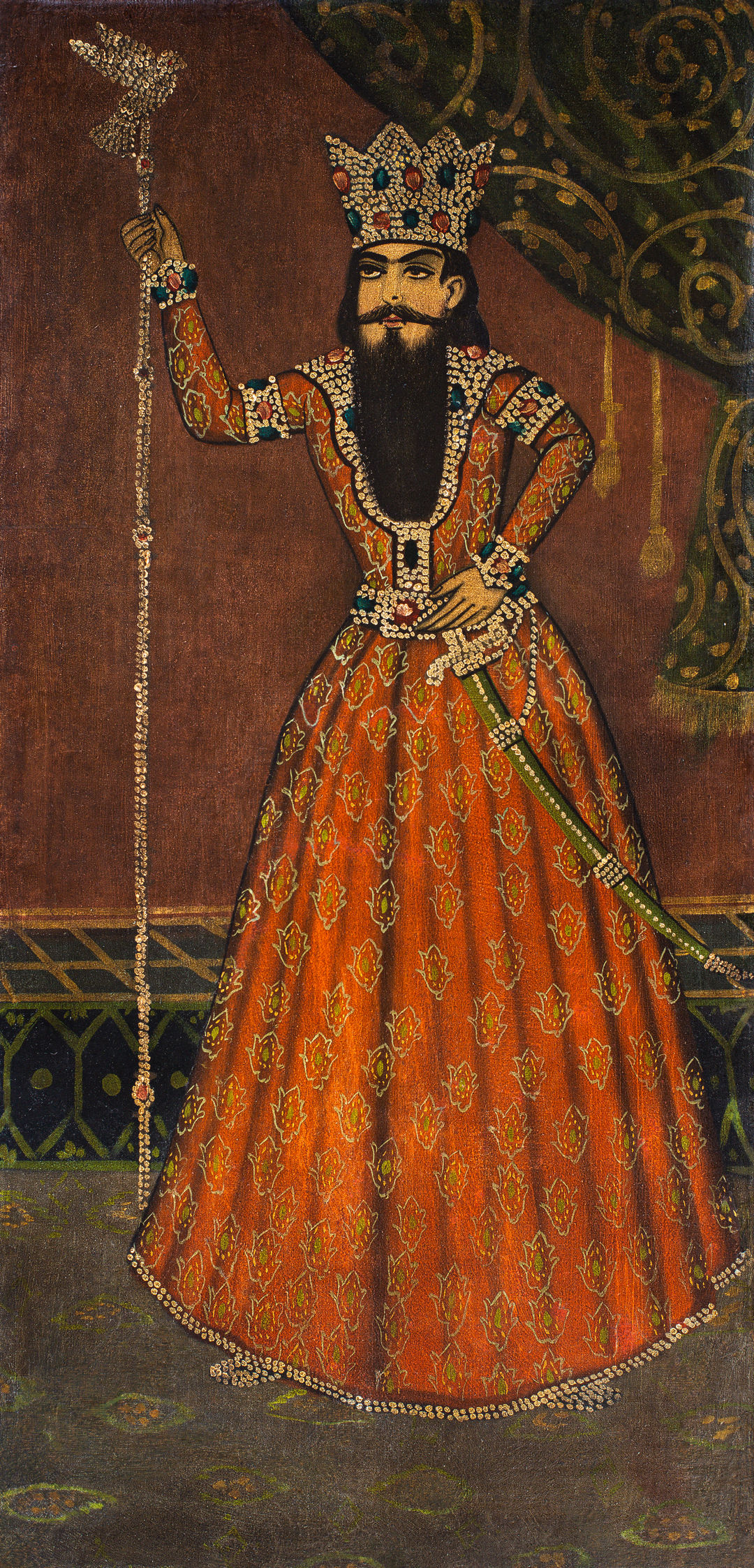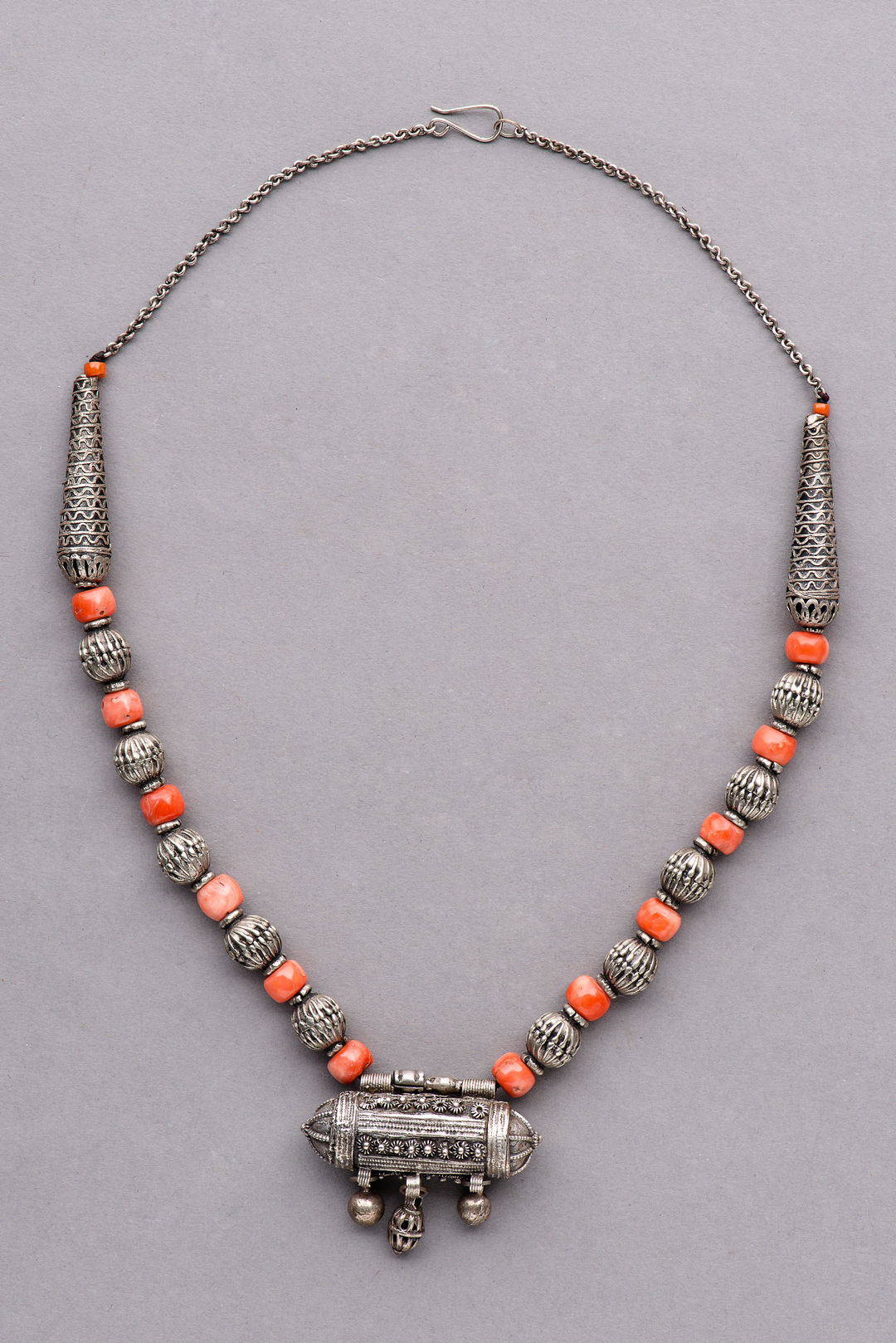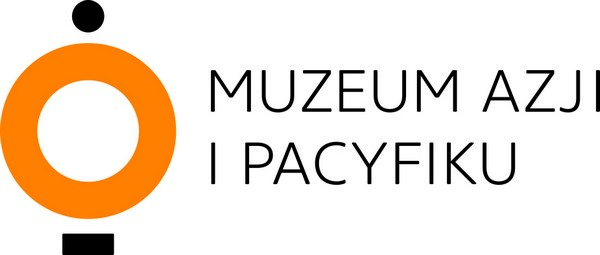Visit Southwest Asia
“Journeys to the east” begins with a presentation of the art and culture of Southwest Asia. This is not a coincidence: because of its geographical location relative to Europe, the region is also known as the Middle East.
Its history predates the Greco-Roman civilisation. First ancient states developed in the valley of the Euphrates and Tigris rivers already in the 4th century BCE. In the 7th century, Islam started to develop in the region, leading to far-reaching a cultural consequences.
The artefacts on display are very diverse. Some are ancient, including the Museum’s oldest possession: a foundation brick from Mesopotamia dated to the 21 century BCE and featuring a cuneiform inscription.
There are also examples of Persian textiles and paintings from the Qajar period, Yemeni jewellery, garments (e.g. a Palestinian dress with a belt and forehead ornament), and other stunning textiles (e.g. a carpet showing fighting animals from Iran).
The selection made it possible, though, to illustrate the cultural and artistic phenomena that exerted the strongest influence on the traditions of the other Asian regions presented elsewhere in the exhibition.

![grafika z tekstem [journeys to the east]](https://www.muzeumazji.pl/maip/uploads/2022/08/baner_strona_english_tn-1140x220.jpg)




